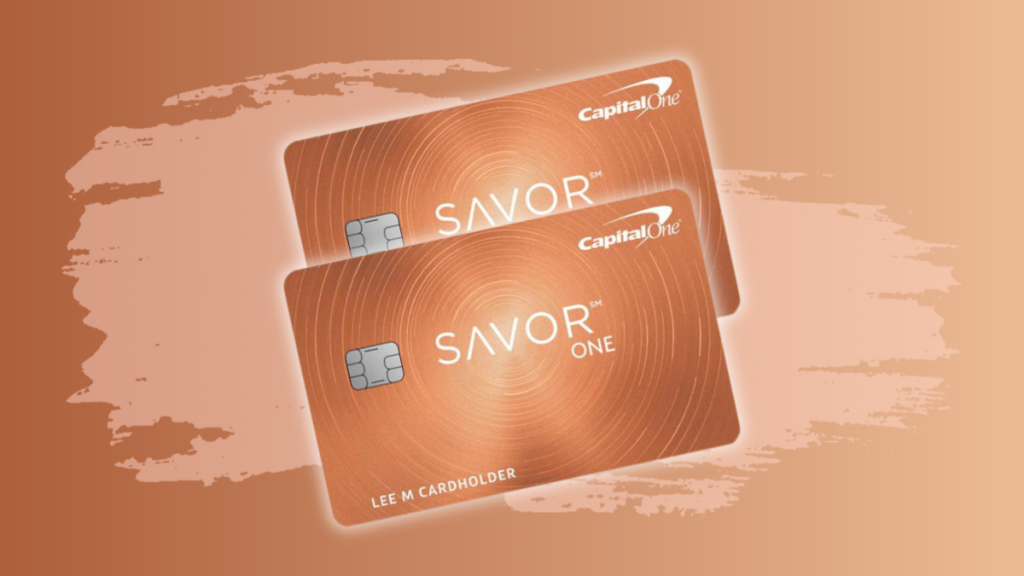Investing (US)
What is a good 3 fund investment portfolio and how to build one?
If you want to know more about what is a good 3 fund investment portfolio, read our post about it and about how to build your portfolio!
Learn everything about a 3 fund investment portfolio

A portfolio is a term used in many different contexts. In the financial market world, it can refer to an investment portfolio, or, as is the case of this article, a 3 fund investment portfolio. That is, a set of (three) assets in which an investor (individual or legal entity) places his or her capital.
Selecting a portfolio is critical because the return is based on the combined performance of the entire portfolio rather than the isolated results of one asset. It is worth mentioning that portfolio selection entails not only deciding which assets will be included in the portfolio but also deciding what proportion of each asset will be included.
Depending on the risk tolerance and appetite for profit, terms like conservative, moderate, and aggressive are used to describe the investing portfolio. Diversifying an investment portfolio is one method to lessen risk. This means that the investor selects a diverse range of assets to assure that if one asset depreciates, another will gain, resulting in a positive balance.
A conservative portfolio is comprised mostly of fixed-income securities and has the lowest risk tolerance. An aggressive portfolio, on the other hand, contains a higher share of equity assets due to its high-risk tolerance. The modest portfolio is in the middle of the road.

The best way to learn how to invest your money
Discover here some tips about the best way to learn how to invest your money. If you are a beginner, this is a guide to help you out.
What is a good 3 fund investment portfolio?

There is no cake recipe for building together a portfolio because the positions and assets picked should change depending on the risk profile, investment purpose, and timeline. However, the main thing is to diversify across asset classes. Meaning investing directly in stocks or through stock funds.
This allows all assets to be allocated in funds, with a combination of fixed income, variable income, and multimarket products, as well as a portion of the assets allocated abroad. One investment will be a complement to the other.
There are numerous sorts of stock funds. As a matter of fact, top investment managers around the world recommend that you pursue a mix of active and passive management products. For example, active management products, in which a manager selects the best market opportunities to outperform the benchmark, and passive management products, such as index funds, which track the performance of the reference index and are appealing because they make it easy to diversify the portfolio at a low cost.
Think it may be too much? Do not worry, having different types of investments is what adds variety. But only to the extent that your budget allows this.
You will be redirected to another website
By submitting this form, I agree that I am 18+ years old and I agree to the Privacy Policy and Terms and Conditions. I also provide my signature giving express consent to receive marketing communications via automated emails, SMS or MMS text messages and other forms of communication regarding financial products such as credit card and loans. Message frequency varies and represents our good faith effort to reach you regarding your inquiry. Message and data rates may apply. Text HELP for help or text STOP to cancel. I understand that my consent to receive communications is not a condition of purchase and I may revoke my consent at any time.
How do you balance a 3 fund portfolio?

Benchmark
A benchmark for investment evaluation should be used regularly. This gives clients visibility into how successfully the objectives have been met, as well as indicates areas that need to be improved. Different sorts of benchmarks can be used for this, and they can be chosen based on the investment strategy.
The term “wide” means success in relation to the entire investment universe, and it is related to conjunction with strategic allocation, which includes tactical preferences and security selection. Long-term performance in a neutral placement of tactical allocations, such as security choices, is by the “strategic.” “Detailed” assesses product selection, while “objective” helps the goal-setting process and measures success against a defined outcome.
Strategy
The general approach is to start by identifying your investment goal and then using that information to evaluate the items you want to invest in. The next step is to create a due diligence procedure that takes into account data like exposure, risk, cost, and performance.
It is vital to examine a fund before selecting it to determine whether components will meet each of the portfolio’s requirements. Then you set up an objective and rigorous process for evaluating investment vehicles like active and index funds. The impact on a risk-adjusted return is then calculated.
Finally, it should be obvious whether the fund’s goal is to raise risk-adjusted return by increasing returns or to lower risk by lowering risk.
Financial advisors that are proactive in implementing pre-investment due diligence processes, monitoring portfolios post-investment, and considering portfolio adjustments (such as rebalancing) help their clients accomplish their objectives.
Budget
Financial professionals should create a multi-layered budget before investing, as well as investigate how to effectively mix different allocation strategies. The goal here is to cut expenditures as much as possible to maximize the portfolio’s value.
The goal of the cost budget is to keep fees and taxes to a minimum while increasing the portfolio’s value. The risk budget, on the other hand, considers the client’s readiness to accept unforeseeable circumstances. One strategy to cut expenses and improve investment returns is to combine complementary sources of return and align factor strategies with index and alpha (or active) search tactics.
Analysis
The most crucial step in the portfolio-building process is to track portfolio performance. It isn’t, however, static. The plan needs regular reviews – once a month or once a quarter – to see if the plan needs changes.
Possible alterations need exploration in some cases. Such as if the client’s objectives changes, if the portfolio contains unanticipated risk. Also, if the financial professional’s or managers’ perspectives change. These things need a structured approach that allows the financial professional to evaluate changes. Also, allows the following of the underlying components of the portfolio.
Following the definition of this process, you should construct a schedule to track the monitoring and implementation of necessary/desired portfolio adjustments. Rebalancing the portfolio is necessary if a change has the potential to negatively influence assets.
Review
Rebalancing ensures that all changes to the asset allocation of your portfolio are deliberate. Instead of allowing the market to make unforeseen modifications to a portfolio’s asset allocation, the financial expert plays an active role in adopting risks that meet the customers’ appetite.
A portfolio containing 60% equities and 40% bonds, for example, could shift its allocation from 70% to 30% based on market fluctuations if it is not properly monitored. This would result in an under-or over-allocation for certain exposures.
While rebalancing has demonstrable long-term benefits, clients’ concerns about the switching process need attention due to potential short-term drawbacks. An annual or semi-annual rebalancing may appear to be counterproductive to productivity since it entails two processes that are typically avoided:
- The sale of high-performing funds to be replaced by historically lower-performing funds; or
- Tax negotiations.
However, there may be compelling reasons to make such adjustments. There’s no guarantee that funds that have done well in the past will continue to do so in the future. As a result, it’s sometimes a good deal to replace it.
Learn 3 types of good investments for your portfolio
1. International stocks
- Fidelity ZERO International Index (FZILX)
- Schwab International Index (SWISX)
- Vanguard Total International Index (VTIAX)
2. U.S. stocks
- Vanguard 500 Index Fund (VFIAX)
- Fidelity S&P 500 Index Fund (FXAIX)
- Vanguard Total Stock Market Index Fund (VTSAX)
3. U.S. bonds
- Schwab US Aggregate Bond Index (SWAGX)
- Fidelity US Bonds Index (FSITX)
- Vanguard Total Bond Market Index (VBTLX)

15 key benefits of investing in real estate
The benefits of investing in real estate are many because real estates are a certainty in everyone's life. Come see 15 benefits!
About the author / Thais Daou
Reviewed by / Aline Barbosa
Senior Editor
Trending Topics

Discover it® Cash Back or Discover it® Miles?
Check out our credit card comparison to find out which Discover card is best between the Discover it® Cash Back and the Discover it® Miles.
Keep Reading
Capital One SavorOne Student Cash Rewards Credit Card review
The Capital One SavorOne Student Cash Rewards Credit Card offers you cashback on all purchases with no annual fee. Check out the full review!
Keep Reading
Earnest Private Student loans review
This Earnest Private Student loans review article will show you how you can get your student loan with flexible terms and low-interest rates!
Keep ReadingYou may also like

How to request Capital One SavorOne Cash Rewards Credit Card
Applying for the Capital One SavorOne Cash Rewards Credit Card is pretty easy, and you can do it online. Check out how the application process works so that you can enjoy unlimited cash back, bonuses, and more!
Keep Reading
Net First Platinum credit card review: is it legit and worth it?
Getting a $750 credit line to buy things online seems good. But is the Net First Platinum credit card worth it? Let's find out.
Keep Reading
Group One Platinum Card application: how does it work?
With the Group One Platinum Card, you get instant approval, no credit check required. Do you want to know how to apply? Stay tuned!
Keep Reading